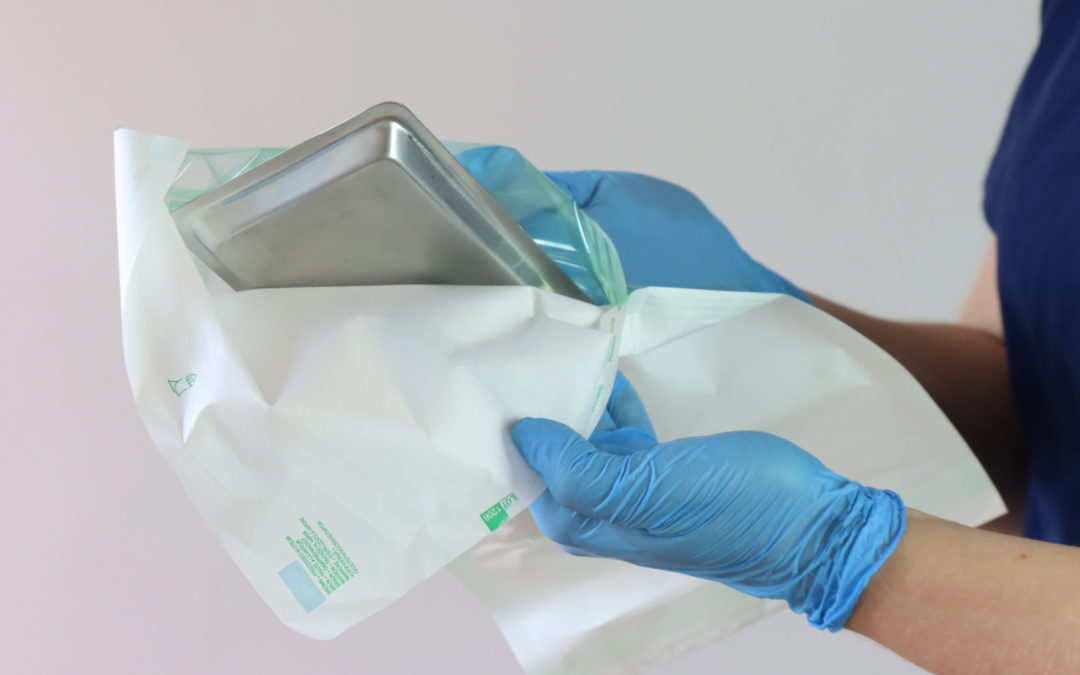The Crucial Role of Safety in Medical Packaging
When you think about packaging, “safety” might not be the first word that comes to mind. For many, packaging is simply there to wrap, secure, and promote products. However, the safety aspect of packaging is vital, especially in the medical field, where proper packaging can directly impact lives. From transport security to protecting sensitive information, medical packaging serves a far more significant role than we often realise.
Why Is Safety in Packaging So Important?
In the medical industry, the role of safety goes well beyond simply containing a product. It involves protecting the integrity of life-saving materials, preventing contamination, and ensuring accurate communication of potential hazards. Let’s dive into a few key areas where safety in medical packaging becomes essential.

Packaging for Safe Transport: Preventing Hazards in Transit
In the medical world, the safe transport of products such as pharmaceuticals, diagnostic kits, and medical devices is paramount. If packaging fails to securely wrap and protect these items, the consequences could be severe, leading to contamination, damage, or even exposure to harmful substances.
Take, for example, the packaging used for shipping sterile syringes or vaccine doses. These products must reach their destination without any physical damage or risk of contamination. If the packaging isn’t strong enough or correctly specified, there’s a high chance that the items could be damaged during transit, compromising their effectiveness and posing serious safety risks to patients.
Another critical example is the use of pallet wrap and strapping for bulk shipments. Inadequate packaging here can result in boxes shifting or falling during transport, which puts not only the product but also the individuals handling it at risk. For instance, if a pallet carrying hazardous medical waste were to topple over due to poor packaging, the health implications could be disastrous. Secure packaging, in this context, ensures both product integrity and the safety of transportation workers.
Concealing and Securing Sensitive Medical Information
In fields like healthcare, packaging often plays a vital role in concealing sensitive information or protecting evidence. Whether it’s test results, patient records, or even medications, secure packaging helps ensure that this critical information remains confidential.
Consider pharmaceutical packaging designed to prevent tampering. In some cases, medications are stored in blister packs with tamper-evident seals to assure consumers that the product hasn’t been interfered with. Tamper-proof packaging is particularly important for over-the-counter and prescription medications, as even the slightest breach can have catastrophic effects, such as contamination or dosage alteration.
In medical environments, where patient data security is crucial, packaging used to conceal lab samples or medical test results also serves a protective role. If those seals or protective layers fail, patient confidentiality could be breached, raising ethical and safety concerns for both healthcare professionals and patients.
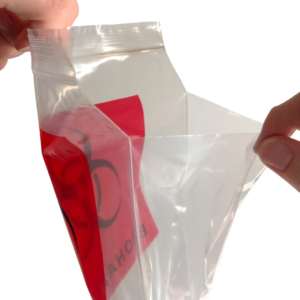
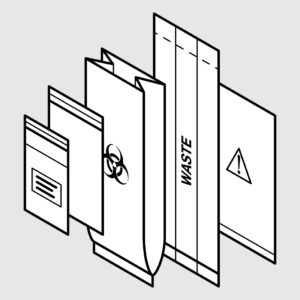
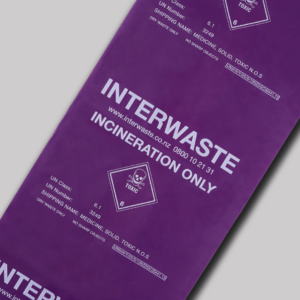
Packaging to Communicate Safety Information
Packaging doesn’t just contain products; it also communicates essential information that keeps consumers safe. In the medical industry, this might mean warning labels, dosage instructions, or ingredient lists that are crucial for the proper use of a product.
For example, think of over-the-counter cough syrup. The packaging provides key information on dosage, potential side effects, and warnings for people with certain allergies or health conditions. Without this clear communication, consumers may misuse the product, leading to adverse reactions.
The same goes for packaging used in dangerous materials, like certain cleaning agents or chemicals used in hospitals. Labels on these packages must include strong warnings, directions for safe usage, and symbols indicating hazards like flammability or toxicity. This not only ensures the safe use of the product but also protects hospital staff, cleaning crews, and patients from potential harm.
In recent years, regulatory bodies have emphasised the need for clear, visible warnings on packaging, such as the required health warnings on cigarette packs or the poison warnings on cleaning supplies. These messages are displayed prominently on the packaging and serve to protect the public by increasing awareness of potential risks.
Ensuring Safety Through Sterile Packaging in Medical Products
In the medical field, sterile packaging is not just an option—it’s a necessity. This type of packaging is specifically designed to protect medical instruments, implants, and medications from contamination.
Sterile packaging, such as vacuum-sealed bags for surgical tools or single-use syringes, plays a vital role in infection control. If the packaging were to fail, harmful bacteria or viruses could contaminate the product, putting patients at risk of serious infections or complications. Medical packaging must undergo rigorous testing to meet sterility standards, ensuring that the product is safe to use right up until the moment it’s needed.
A failure in sterile packaging can result in product recalls, increased healthcare costs, and worst of all, harm to patients. Proper packaging protects not only the products but also the trust that patients and healthcare providers place in medical devices and pharmaceuticals.
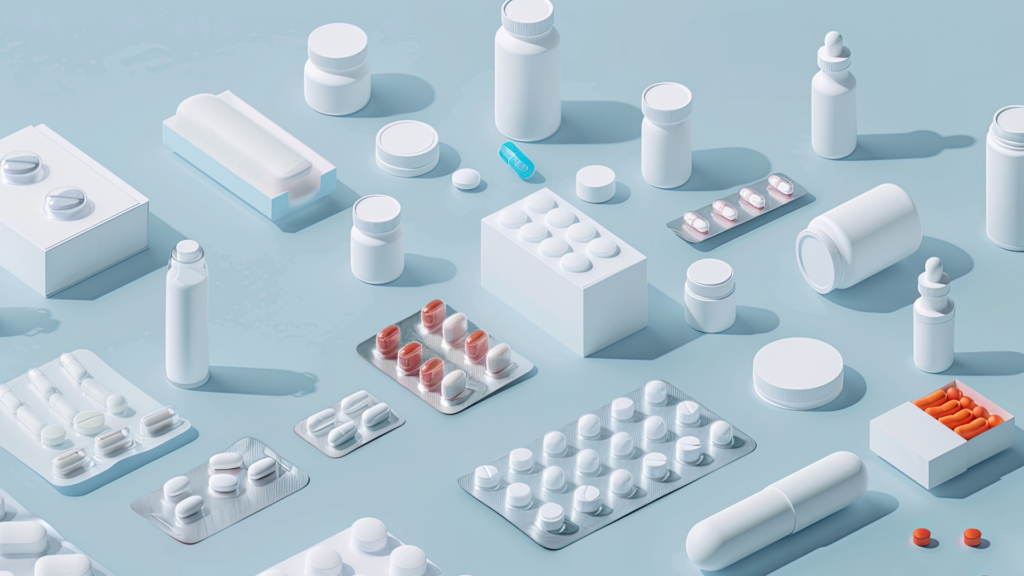
Sustainability and Safety: A Delicate Balance
While the push toward sustainable packaging solutions is essential, it’s also crucial that safety standards are not compromised in the process. The medical field has been exploring alternatives to single-use plastics, which are often criticized for their environmental impact. However, these plastics often serve a crucial role in maintaining sterility and protecting products during transport.
Innovative materials that are both sustainable and reliable in terms of safety are the next frontier in medical packaging. The challenge is creating packaging that supports environmental goals without putting patients at risk. Manufacturers must strike a balance between sustainability and the rigorous safety demands of the medical sector.
Wrapping Up: Safety Is Paramount in Medical Packaging
When it comes to medical packaging, safety is not just a secondary consideration—it’s the top priority. Whether ensuring safe transport, protecting sensitive information, or communicating crucial usage instructions, packaging in the medical sector must be meticulously designed to protect consumers, healthcare professionals, and the public at large.
Next time you come across medical packaging, take a moment to appreciate the careful thought and planning that goes into making sure it does its job—not just in protecting the product, but also in safeguarding everyone who comes into contact with it.
Till next time
Hi-Tech Packaging Team
Got questions?
Need advice on the safety of your packaging? Feel free to reach out—let’s put safety first.

